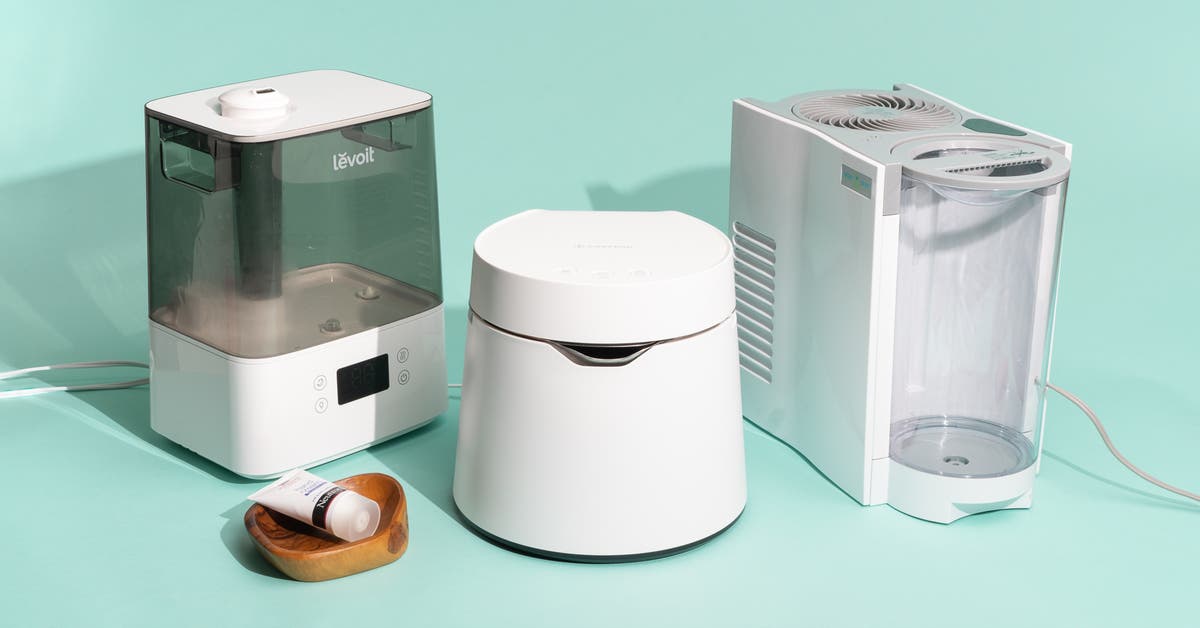

Articles
What Size Humidifier Do I Need
Modified: October 19, 2024
Discover the perfect size humidifier you need with our informative articles. Find the right fit for your space and enjoy ideal humidity levels.
(Many of the links in this article redirect to a specific reviewed product. Your purchase of these products through affiliate links helps to generate commission for Storables.com, at no extra cost. Learn more)
Introduction
A humidifier is a valuable device that adds moisture to the air to establish a comfortable and healthy indoor environment. With its ability to alleviate respiratory issues, prevent dry skin, reduce allergies, and protect wooden furniture, a humidifier can be a great addition to any home or office space. However, choosing the right size humidifier is crucial to ensure its effectiveness and efficiency.
In this article, we will explore the factors to consider when selecting a humidifier and provide guidelines to help you determine the size of humidifier you need. Whether you are looking to humidify a small bedroom or a large living room, understanding these considerations will assist you in finding the perfect humidifier for your space.
Key Takeaways:
- Choose a humidifier based on room size, capacity, and specific needs. Consider factors like climate, occupancy, and adjustable settings to ensure optimal performance and comfort.
- Understanding the relationship between room size and humidifier capacity is crucial. Select a humidifier with the right output for your space, and consider additional factors like noise level, energy efficiency, and maintenance requirements for a satisfying experience.
Read more: What Size Awning Do I Need
Factors to Consider when Choosing a Humidifier
When it comes to choosing a humidifier, several factors need to be taken into account to ensure the device suits your specific needs. Let’s take a look at these factors:
1. Room Size
The first and most important factor to consider is the size of the room you want to humidify. Different humidifiers are designed to cover different room sizes, so it’s crucial to choose one that can adequately humidify the space. If you plan to humidify a small bedroom, a compact tabletop model should suffice. On the other hand, if you need to add moisture to a large living room, you may require a larger capacity unit or even multiple humidifiers.
2. Humidifier Capacity
Humidifier capacity refers to the amount of moisture a humidifier can release into the air over a specified period. It’s usually measured in gallons per day or liters per hour. Understanding the humidifier’s capacity is essential as it determines how effectively it can add moisture to your room. Be sure to check the product specifications to ensure the capacity matches your requirements.
3. Type of Humidifier
There are various types of humidifiers available, including ultrasonic, evaporative, warm mist, and cool mist humidifiers. Each type has its advantages and disadvantages. Consider your specific needs and preferences when selecting a humidifier type. For example, ultrasonic humidifiers are quiet and energy-efficient, while evaporative humidifiers filter impurities from the water before releasing moisture into the air.
Read more: What Size Gutters Do I Need
4. Maintenance Requirements
Some humidifiers require more maintenance than others. For example, ultrasonic humidifiers may need regular cleaning to prevent the growth of bacteria or mold. Evaporative humidifiers, on the other hand, require periodic replacements of filters or wick pads. Take into account the maintenance requirements of the humidifier to ensure that you can efficiently and effectively take care of it.
5. Noise Level
Noise level is an important consideration, especially if you intend to use the humidifier in a bedroom or a workspace. Some humidifiers produce noise, particularly those with fans or motors. If you are sensitive to noise, opt for a humidifier that operates silently or has a sleep mode to ensure an undisturbed environment.
6. Additional Features
Lastly, consider the additional features that come with the humidifier. These can include adjustable humidity levels, timer functions, auto-shutoff, built-in hygrometers, and remote controls. Such features can enhance the convenience and user experience of the humidifier, so choose the ones that align with your preferences.
By taking these factors into consideration, you can narrow down your options and select a humidifier that meets your specific needs, ensuring a comfortable and healthy indoor environment.
Humidifier Sizing Guidelines
Determining the right size humidifier for your space is crucial to ensure optimal performance and effective humidity control. While there is no one-size-fits-all answer, there are some general guidelines you can follow when sizing a humidifier.
Read more: What Size Food Processor Do I Need
Rule of Thumb
A commonly used rule of thumb is to aim for a humidity level of 30-50% in your home. To achieve this, you should consider a humidifier that can provide 1-2 gallons of moisture per day for every 1,000 square feet of space. This estimate should help you narrow down your options when selecting a humidifier.
Climatic Conditions
The climate you live in also plays a significant role in determining the appropriate humidifier size. For instance, if you reside in a dry climate, you may require a larger capacity humidifier to combat the low humidity levels. Conversely, if you live in a moderately humid area, a smaller humidifier might be sufficient to maintain the desired humidity levels.
Occupancy and Airflow
The number of people occupying the space and the airflow within the area are important considerations. In places with high occupancy or a lot of airflow, such as open plan living areas, it may be necessary to choose a larger capacity humidifier to compensate for the additional moisture loss.
Specific Needs
Consider your specific needs and preferences when sizing a humidifier. If you or someone in your household suffers from respiratory issues or allergies, opting for a larger capacity humidifier may provide more relief by increasing the humidity levels faster. On the other hand, if you simply want to add a touch of moisture to a small bedroom, a compact or tabletop humidifier should suffice.
Read more: What Size Floor Joist Do I Need
Adjustable Settings
Many humidifiers come with adjustable settings that allow you to control the humidity level output. This can be helpful if you need to increase or decrease the moisture based on the season or personal preferences. Choosing a humidifier with adjustable settings provides more flexibility in maintaining the desired humidity range.
While these guidelines can assist you in determining the appropriate size of a humidifier for your space, it is important to consult the manufacturer’s recommendations and product specifications for the most accurate sizing information.
Determining the Size of Humidifier You Need
Once you have considered the factors and guidelines for choosing a humidifier, it’s time to determine the specific size that will meet your needs. Here are some steps to help you determine the size of humidifier you need:
1. Measure the Room Size
Start by measuring the square footage of the room you want to humidify. Use a tape measure to determine the length and width of the room, and then multiply these measurements together to get the total square footage. This will serve as a baseline for selecting the humidifier capacity.
2. Calculate the Required Moisture Output
To calculate the required moisture output, consider the desired humidity level and the current humidity in the room. If you are unsure about the current humidity level, you can use a hygrometer to measure it. Ideally, the humidity level should be between 30-50% for a comfortable and healthy indoor environment.
Read more: What Size Bath Mat Do I Need
3. Determine the Daily Moisture Requirement
Next, determine how much moisture the room needs to reach the desired humidity level. This calculation depends on the square footage of the room and the desired humidity level. As a general guideline, you can aim for 1-2 gallons of moisture per day for every 1,000 square feet of space.
4. Choose a Humidifier with Adequate Capacity
Based on the daily moisture requirement, choose a humidifier with a capacity that matches or exceeds the calculated value. Remember that it’s better to choose a humidifier with a slightly higher capacity than needed to ensure optimal performance and avoid overworking the unit.
5. Consider Multiple Humidifiers
If you have a large or open-concept space, a single humidifier may not be enough to properly humidify the entire area. In such cases, consider using multiple humidifiers strategically placed throughout the space to ensure even moisture distribution.
6. Check the Manufacturer’s Recommendations
It’s always a good idea to consult the manufacturer’s recommendations for sizing information. They may provide specific guidance based on the capacity of their humidifiers and the room sizes they are designed to accommodate.
By following these steps and considering the specific requirements of your space, you can determine the right size of humidifier that will effectively and efficiently humidify your room.
Read more: What Size Air Purifier Do I Need
Room Size and Humidifier Capacity
When it comes to choosing a humidifier, understanding the relationship between room size and humidifier capacity is essential. The size of the room will directly impact the effectiveness and efficiency of the humidifier. Let’s explore the connection between room size and humidifier capacity:
Small Rooms
For small rooms or spaces, such as bedrooms or offices, a compact or tabletop humidifier with a capacity of 1-2 gallons per day is usually sufficient. These humidifiers are designed to cover an area of up to 300-500 square feet, making them ideal for smaller spaces. They are also typically more portable and space-saving.
Medium-Sized Rooms
For medium-sized rooms, such as living rooms or master bedrooms, a humidifier with a medium capacity of 2-4 gallons per day is appropriate. These humidifiers can cover an area of 500-1,000 square feet and provide adequate moisture for these spaces. They are usually more powerful with larger water tanks and longer run times.
Large Rooms or Open-Concept Spaces
For large rooms or open-concept spaces, such as living areas or open-floor plan homes, a humidifier with a high capacity of 4-8 gallons per day or more is necessary. These humidifiers can cover areas of 1,000 square feet or more and have larger water tanks to accommodate the higher moisture output needed for these spaces. In some cases, multiple humidifiers strategically placed throughout the area may be required for optimal moisture distribution.
Read more: What Size Air Fryer Do I Need
Additional Considerations
Aside from room size, it’s important to consider other factors that can affect the humidifier capacity needed. These factors include the climate you live in, the number of occupants in the room, and any specific moisture requirements or health concerns you may have. Dry climates may require a higher capacity humidifier to compensate for the low humidity levels, while a larger capacity may be necessary if more people are present in the room or if there are specific moisture-sensitive needs.
When selecting a humidifier for your room, always refer to the manufacturer’s recommendations and specifications. They will provide guidance on the capacity of their humidifiers and the recommended room sizes they can effectively humidify. It’s important to choose a humidifier that matches the size and specific requirements of your room to ensure optimal performance and achieve the desired humidity levels.
Humidifier Output and Recommended Room Size
Understanding the relationship between humidifier output and the recommended room size is crucial in choosing the right humidifier for your space. The output of a humidifier refers to the amount of moisture it can add to the air within a given time period. Let’s explore the different output levels and their corresponding recommended room sizes:
Low Output
Humidifiers with a low output are typically suited for smaller rooms or areas with a limited square footage. They are designed to add a smaller amount of moisture to the air per hour, making them ideal for spaces up to 300 square feet. Examples of humidifiers with low output include personal or travel-size humidifiers that can be used on a desk or bedside table.
Medium Output
Humidifiers with a medium output are suitable for medium-sized rooms, such as bedrooms or living rooms, with an area ranging from 300 to 600 square feet. These humidifiers can add a moderate amount of moisture to the air per hour, effectively maintaining a comfortable humidity level in the designated space.
Read more: What Size Of Chimney Liner Do I Need
High Output
Humidifiers with a high output are designed for larger rooms or open-concept areas that span from 600 to 1,000 square feet or more. These humidifiers have a larger water tank and a more powerful mechanism to release a higher amount of moisture into the air, allowing them to effectively humidify large spaces and maintain the desired humidity level.
Adjustable Output
Some humidifiers offer an adjustable output setting, allowing you to control the amount of moisture released into the air. This versatility is particularly useful if you have different room sizes or if you want to adjust the humidity level based on changing conditions or personal preferences.
Manufacturer’s Recommendations
It’s important to consult the manufacturer’s recommendations for each humidifier model. Manufacturers often provide specific guidelines on the recommended room size that their humidifiers can effectively cover. This information ensures that you select a humidifier with the appropriate output for your intended space.
Remember that the recommended room sizes provided by manufacturers are rough estimates and can vary based on factors such as room configuration, ceiling height, insulation, and air circulation. If you have unique room conditions or specific moisture requirements, it’s advisable to choose a humidifier with a slightly higher output or consult with an HVAC professional for personalized recommendations.
By considering the recommended room size and corresponding humidifier output, you can select a humidifier that will effectively and efficiently maintain the desired humidity level in your space, ensuring optimal comfort and well-being.
Additional Factors to Consider
When choosing a humidifier, there are a few additional factors to consider that can greatly impact your overall experience and satisfaction with the device. Taking these factors into account will help you make an informed decision and select the best humidifier for your needs. Let’s explore these additional factors:
Read more: What Size Extension Cord Do I Need
Noise Level
The noise level produced by a humidifier can vary depending on the type and model. If you plan to use the humidifier in a bedroom or a quiet working space, consider opting for a model with a low noise level or a silent operation mode. This will ensure that the humidifier doesn’t disturb your sleep or concentration.
Energy Efficiency
Energy efficiency is an important consideration, both for environmental reasons and to keep operating costs in check. Look for humidifiers that have an energy-efficient design, such as those with low-power consumption or Energy Star certification. These humidifiers are designed to minimize energy usage while still providing effective moisture output.
Maintenance Requirements
Every humidifier requires some level of maintenance, such as refilling the water tank, cleaning, and replacing filters. Consider the level of maintenance you are willing to undertake when choosing a humidifier. Some models have removable and dishwasher-safe parts for easy cleaning, while others may require more frequent maintenance, such as changing filters or wick pads.
Safety Features
Check for safety features in the humidifier, such as automatic shut-off when the water tank is empty or when the desired humidity level is reached. These features ensure that the humidifier doesn’t run continuously, preventing potential accidents or damage to the device. Additionally, look for humidifiers with cool-touch surfaces to avoid accidental burns, especially if you have children or pets in the house.
Read more: What Size Outdoor Rug Do I Need
Design and Aesthetics
The design and aesthetics of a humidifier may not impact its functionality, but it can greatly contribute to the overall ambiance of your space. Look for a design that complements your room décor and personal style. Whether you prefer a modern, sleek design or a more traditional and decorative humidifier, choosing one that matches your preferences will make it a seamless addition to your space.
Budget
Consider your budget when selecting a humidifier. Humidifiers come in a wide price range, and the cost can vary based on features, brand, and overall quality. Determine your budget beforehand and prioritize the features that are most important to you. This will help you find a humidifier that offers a good balance between affordability and performance.
By considering these additional factors, you can ensure that your chosen humidifier meets your specific needs, offering not only effective and efficient humidification but also convenience, safety, and satisfaction.
Conclusion
Choosing the right size humidifier is crucial to ensure optimal comfort and health in your indoor environment. By considering factors such as room size, humidifier capacity, climate, maintenance requirements, and noise level, you can make an informed decision and select a humidifier that meets your specific needs.
When determining the size of the humidifier you need, it’s important to measure the room size, calculate the required moisture output, and consider the occupant’s specific needs. These steps will help you select a humidifier that can effectively and efficiently add moisture to your space.
Taking into account the relationship between room size and humidifier capacity will guide you in choosing a humidifier that suits your specific space. Whether you have a small bedroom, a medium-sized living room, or a large open-concept area, there is a humidifier available to meet your requirements.
Other additional factors, such as noise level, energy efficiency, maintenance requirements, safety features, design, and budget, should also be considered to ensure a satisfying and hassle-free experience with your humidifier. Taking these factors into account will help you find a humidifier that aligns with your preferences and needs.
In conclusion, understanding the factors and guidelines for choosing a humidifier, determining the size you need based on room dimensions and desired moisture output, and considering additional factors will empower you to make a well-informed decision. By selecting the right size humidifier, you can create a comfortable and healthy indoor environment with optimal humidity levels.
Frequently Asked Questions about What Size Humidifier Do I Need
Was this page helpful?
At Storables.com, we guarantee accurate and reliable information. Our content, validated by Expert Board Contributors, is crafted following stringent Editorial Policies. We're committed to providing you with well-researched, expert-backed insights for all your informational needs.

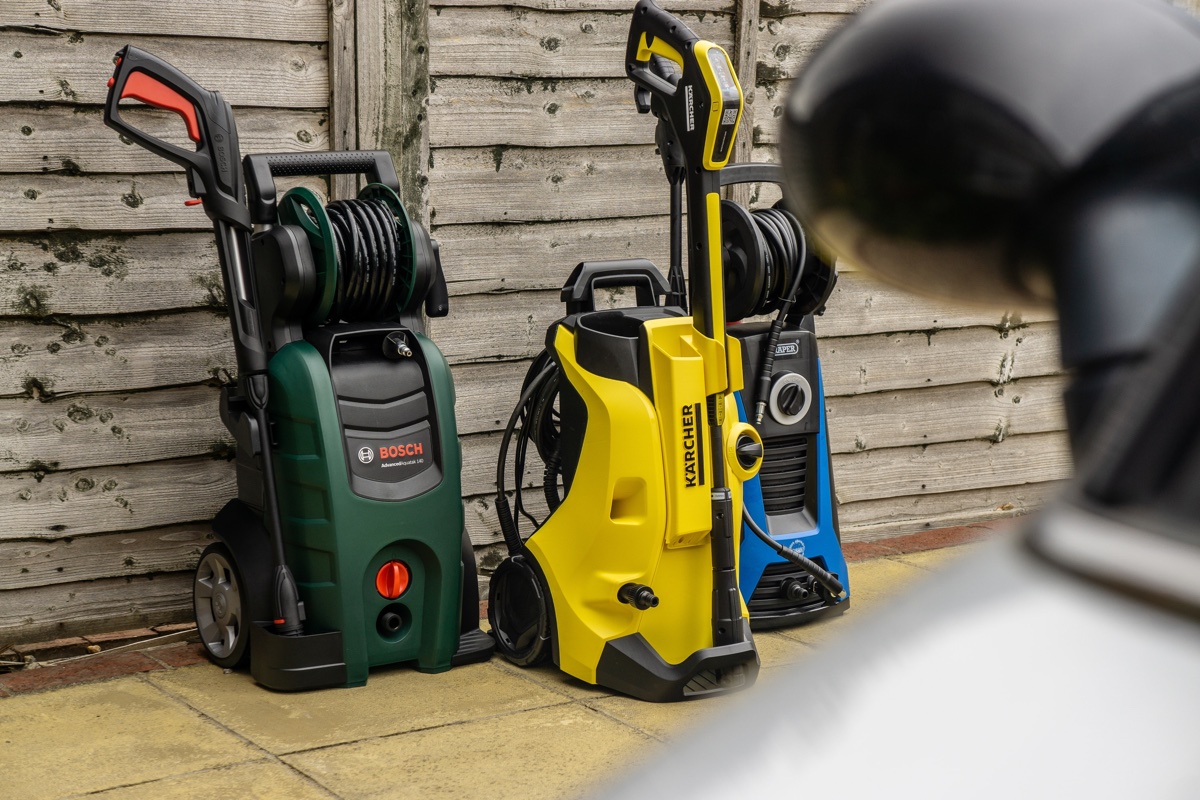

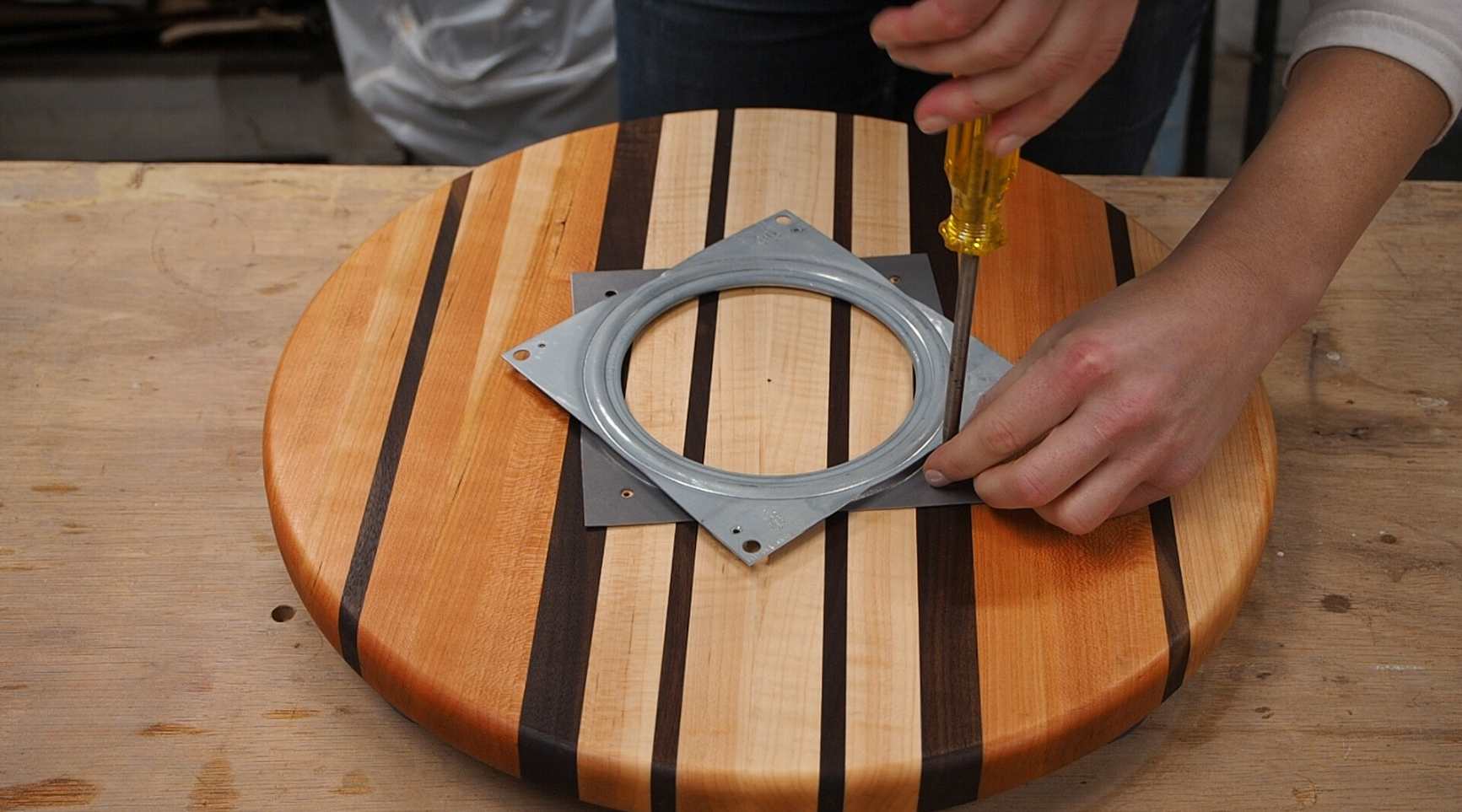
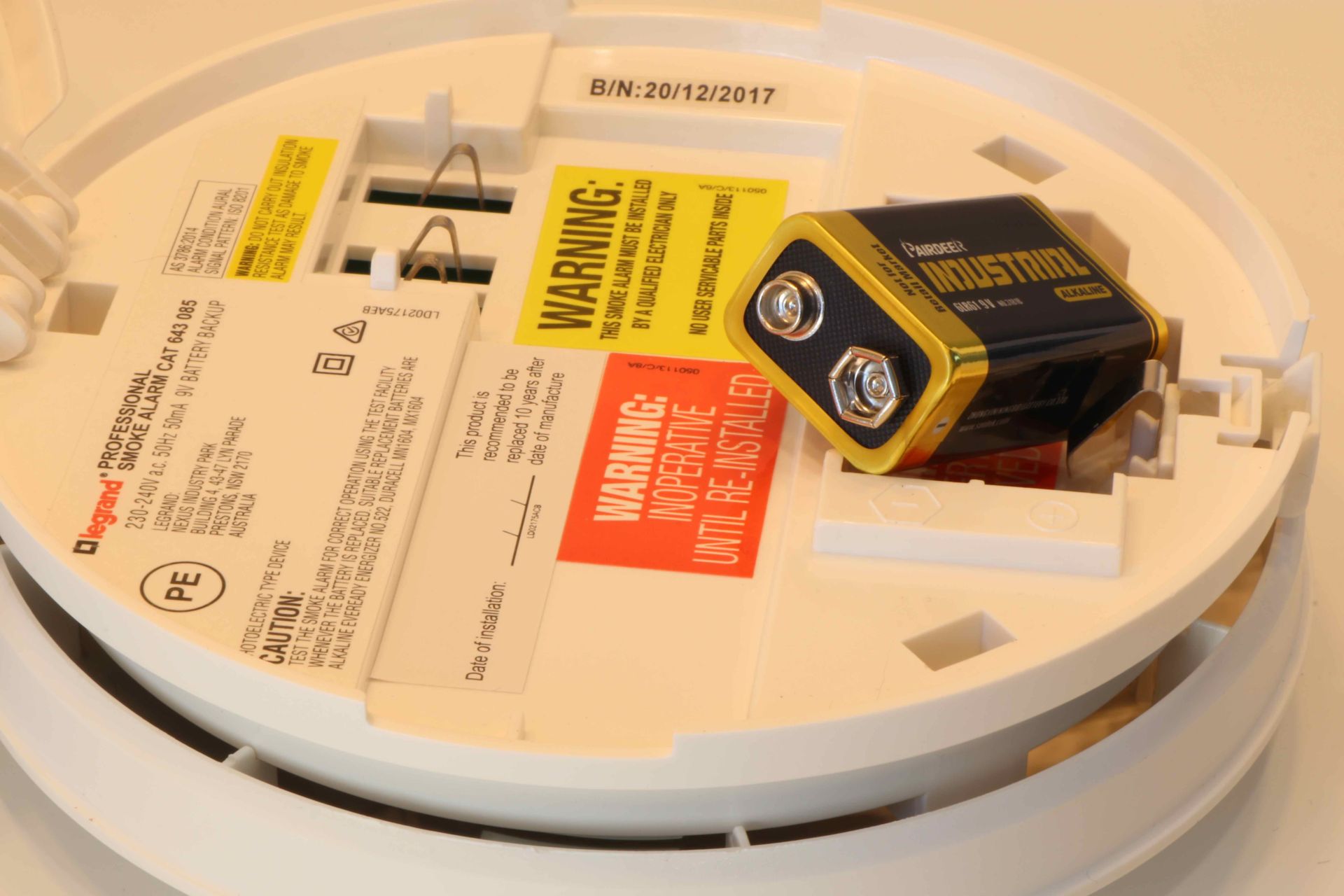
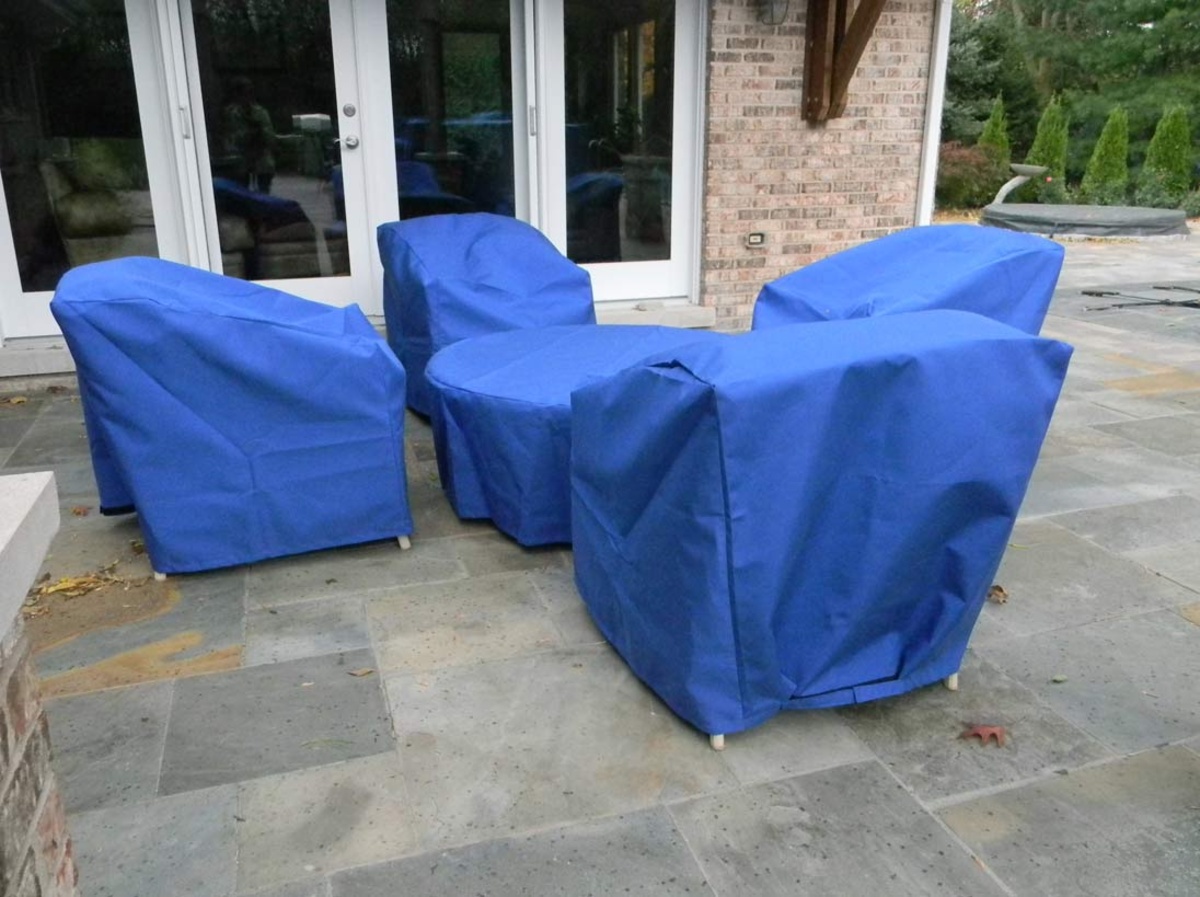

0 thoughts on “What Size Humidifier Do I Need”